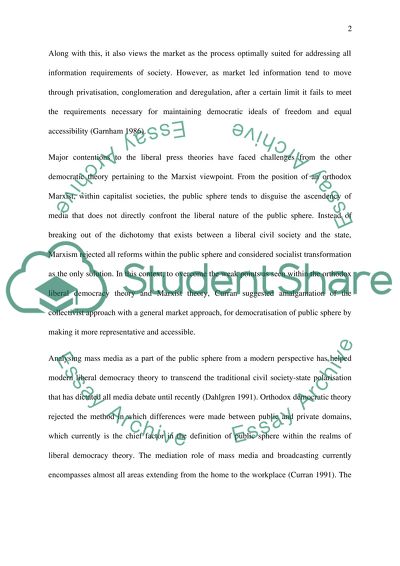Cite this document
(“The Role of Public Relations in a Modern Liberal Democracy Essay”, n.d.)
Retrieved from https://studentshare.org/journalism-communication/1473283-critically-evaluate-the-role-of-public-relations
Retrieved from https://studentshare.org/journalism-communication/1473283-critically-evaluate-the-role-of-public-relations
(The Role of Public Relations in a Modern Liberal Democracy Essay)
https://studentshare.org/journalism-communication/1473283-critically-evaluate-the-role-of-public-relations.
https://studentshare.org/journalism-communication/1473283-critically-evaluate-the-role-of-public-relations.
“The Role of Public Relations in a Modern Liberal Democracy Essay”, n.d. https://studentshare.org/journalism-communication/1473283-critically-evaluate-the-role-of-public-relations.


